Physical Address
Suite 5, 181 High Street,
Willoughby North NSW 2068
Physical Address
Suite 5, 181 High Street,
Willoughby North NSW 2068
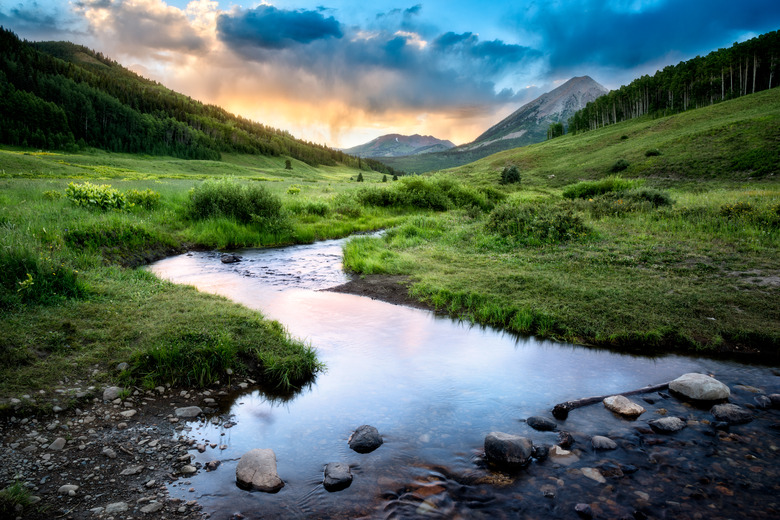
Water bodies constitute areas of water – both salt and fresh, large and small – which are distinct from one another in various ways. They range in size from oceans at the biggest end of the spectrum to little brooks and streams; geographers normally don’t include small, temporary water features such as puddles in this category. From pond to Pacific, bodies of water rank among the most significant natural resources on the planet, to say the least.
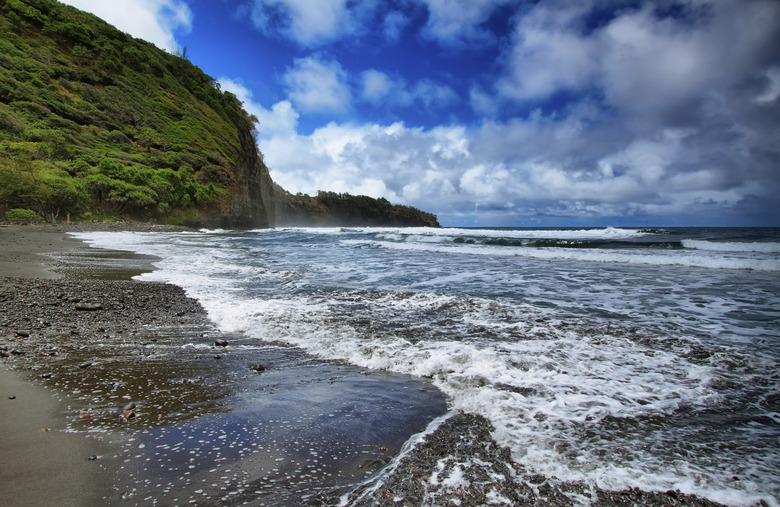
Oceans account for the largest types of water bodies. All marine saltwater on Earth technically connects in a single World Ocean, but the arrangement of continents makes it more common to distinguish between individual ocean basins. The Pacific Ocean ranks as the largest, followed by the Atlantic, Indian, Southern, and Arctic. Humankind depends on oceans for food (such as fish and squid), for transport via ships and for their enormous influence on the atmosphere and global water and nutrient cycles.
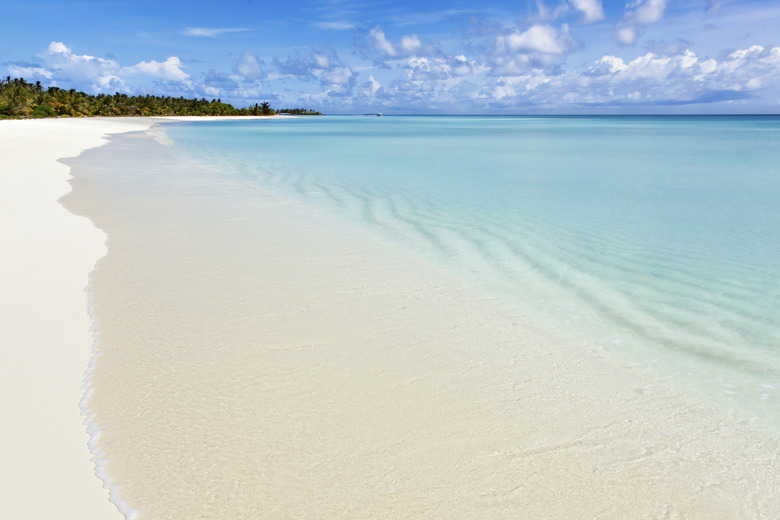
Some coastal reaches of ocean, in particular portions partly enclosed by landmasses, compose water body types called “seas.” Examples include the Mediterranean Sea, the South China Sea, the Caribbean Sea and the Bering Sea. Though these and most other seas join directly to the ocean, certain landlocked bodies of saline water go by the name, notably the Caspian Sea. The sea category also encompasses certain smaller coastal ocean divisions such as bays, straits and gulfs.
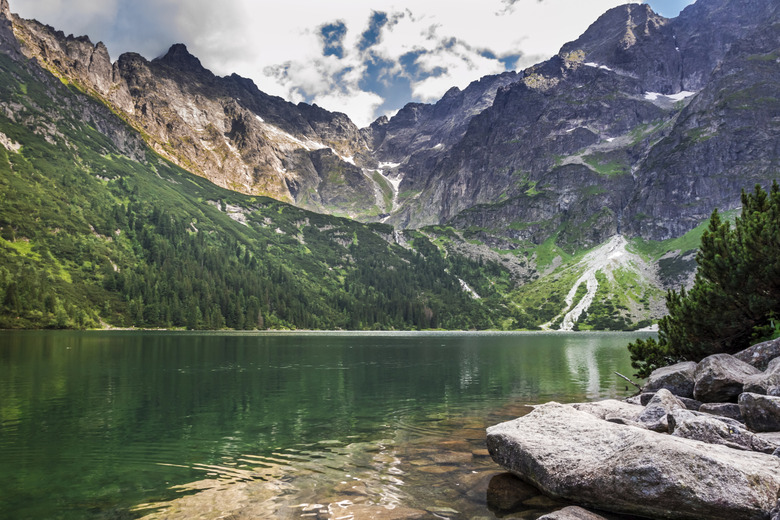
Some also classify the Caspian Sea as a lake, which in general terms represents a body of either fresh- or saltwater completely enclosed by land. Lakes may be huge – such as the Great Lakes of North America or Russia’s Lake Baikal, which is the deepest – or tiny: There isn’t a clear-cut distinction, for example, between “lake” and “pond.” A great number of processes create lakes: from glacial erosion and volcanic eruption to the damming (natural or manmade) of rivers.
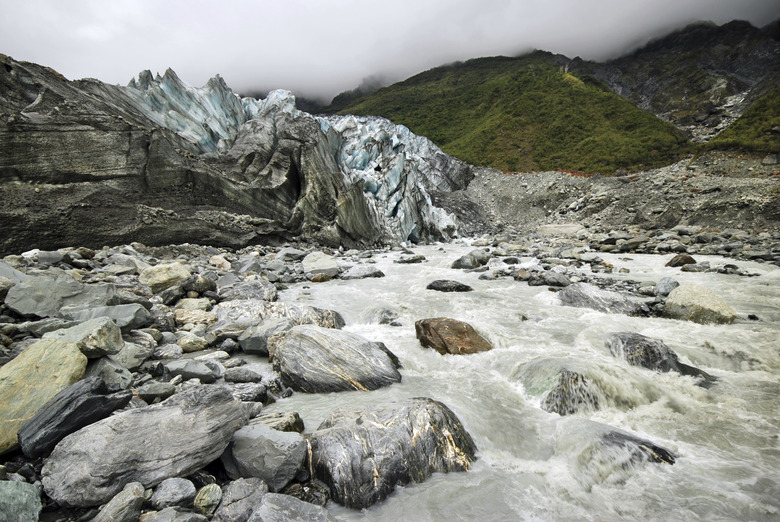
Water flowing on the surface of the Earth forms rivers – or the smaller versions variously called streams, creeks, brooks, rills and the like. In most cases the freshwater in these channels ultimately empties to the ocean, though rivers – which may or may not run year-round – can also flow into closed basins with no outlet. Rivers serve as hugely important sources of water and energy as well as transportation corridors and fishing grounds, and for many millennia humans have settled along them. Traditionally the Nile in Africa has been considered the longest river in the world, but some evidence suggests the Amazon of South America, the largest, also exceeds it in length. Other great rivers include the Yangtze, Congo, Mekong, Mississippi and Mackenzie.
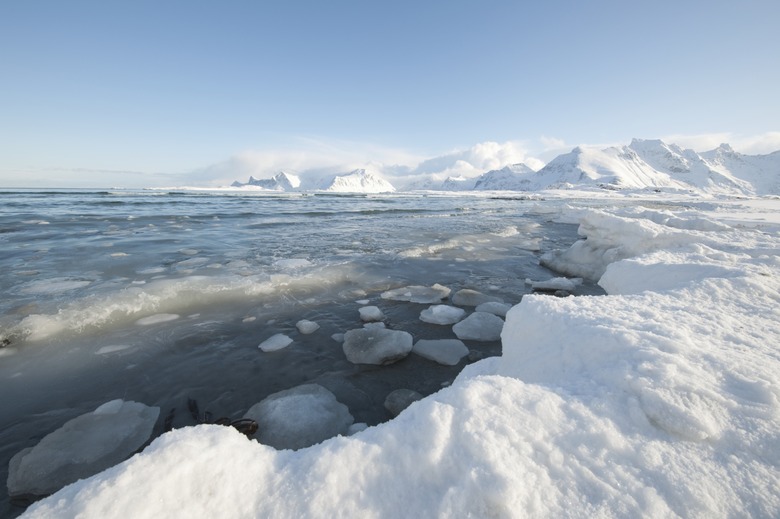
It may seem odd to call a glacier a body of water – and not all geographers would – but ice of course represents a form of water, and because of their mobile (if slow-moving) nature glaciers are often likened to frozen rivers. Counting mountain glaciers, ice caps, and the Greenland and Antarctic ice sheets, glacial ice – some of which may be millions of years old – covers about 10 percent of the planet’s land area while storing roughly three-quarters of its freshwater. Global sea level would rise by some 230 feet if all those glaciers melted.